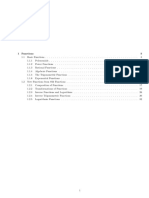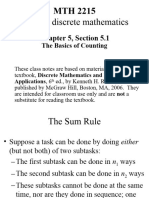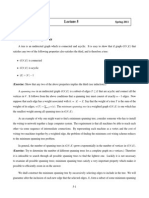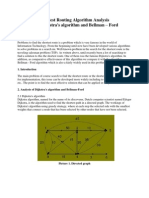0% found this document useful (0 votes)
68 views10 pagesMathematics Introduction To Functions Long en
This document provides an introduction to functions in mathematics, defining them as rules that assign each input to one output and discussing their importance in various fields. It covers key concepts such as domain and range, types of functions, function notation, graphs, real-life applications, inverse functions, and composite functions. The summary emphasizes that mastering functions is essential for advanced mathematical studies.
Uploaded by
ttrali088Copyright
© © All Rights Reserved
We take content rights seriously. If you suspect this is your content, claim it here.
Available Formats
Download as PDF, TXT or read online on Scribd
0% found this document useful (0 votes)
68 views10 pagesMathematics Introduction To Functions Long en
This document provides an introduction to functions in mathematics, defining them as rules that assign each input to one output and discussing their importance in various fields. It covers key concepts such as domain and range, types of functions, function notation, graphs, real-life applications, inverse functions, and composite functions. The summary emphasizes that mastering functions is essential for advanced mathematical studies.
Uploaded by
ttrali088Copyright
© © All Rights Reserved
We take content rights seriously. If you suspect this is your content, claim it here.
Available Formats
Download as PDF, TXT or read online on Scribd
/ 10






















































































